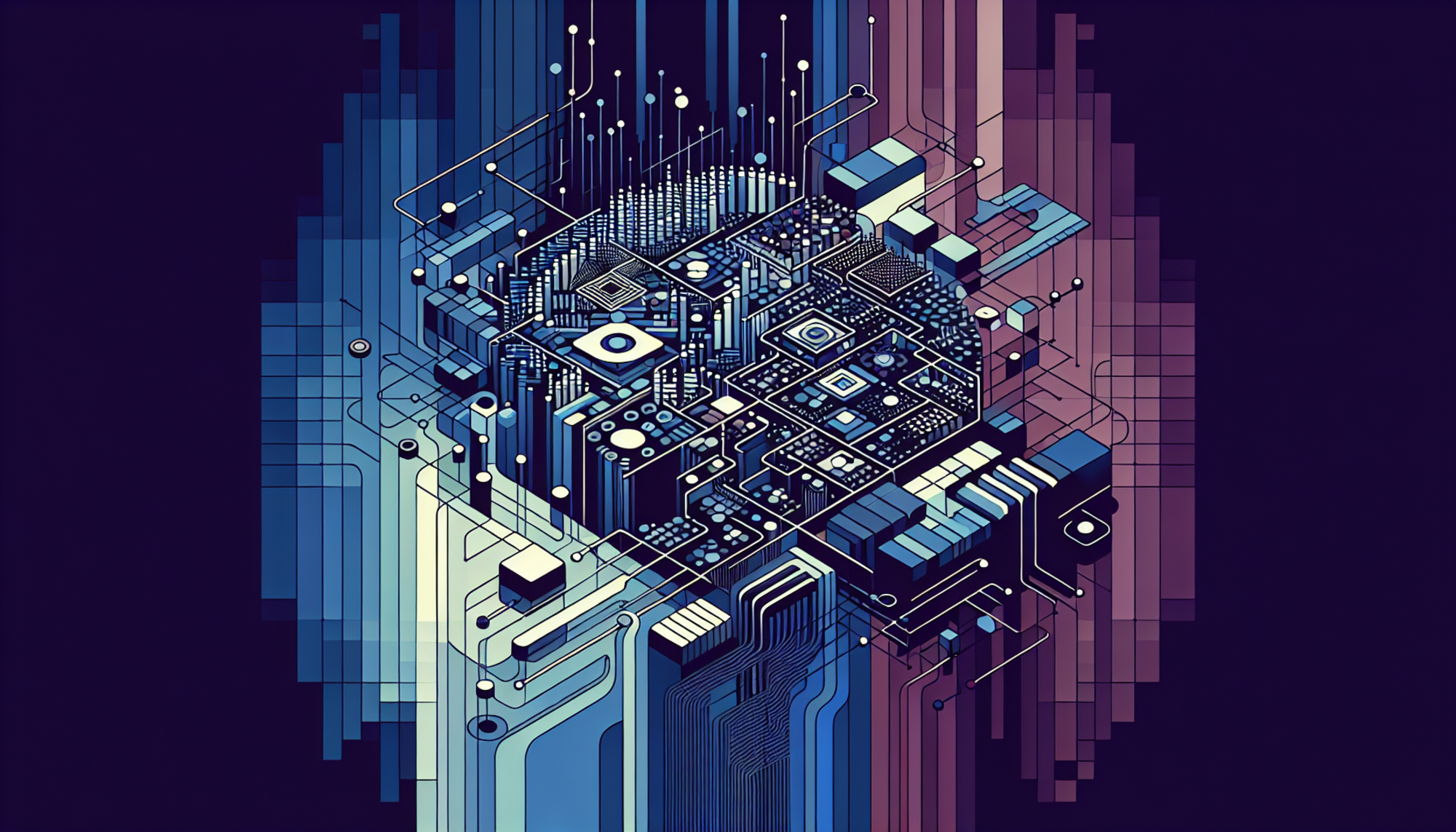Navigating the New Software Engineering Frontier: Trends and Insights

Data Optimization and AI: The New Age Challenges
The hypothetical scenario of a bustling metropolis running on software, where the population is being overwhelmed by data influx, is a familiar tale for many software engineers today. This burgeoning challenge echoing through the corridors of tech discourse is highlighted in a collection of fascinating articles that offer an insightful snapshot of current trends in software engineering. From optimizing performance at a granular level to navigating the vast terrain of artificial intelligence, these posts provide a thought-provoking mix of practical advice and visionary strategies.
Scaling the Data Mountains with InfluxDB
In the post titled Scaling InfluxDB for High-Volume Reporting With CQs, Venkata Ashok Kumar Boyina unveils how Continuous Queries (CQs) can dramatically enhance query performance for large datasets. The sheer volume of data generated daily from transactional events can turn a speedy database into a sluggish behemoth. By pre-aggregating data with CQs, the author showcases an elegant solution that reduces report generation times from minutes to mere milliseconds. It’s a textbook case of how optimizing data structure can quilt efficiency into a system that otherwise may crumble under data pressure.
The piece breaches a significant point: not all queries require raw data. Instead, by pre-calculating aggregates, developers can reduce the load and improve overall performance. This resonates deeply in a world where businesses must analyze vast quantities of data and insights are often a panicked query away from a timeout.
The Painful Path of Performance Optimization
Moving from the realm of databases to the intricate world of optimization, Why Performance Optimization Is Hard Work offers a candid exploration into the arduous nature of optimizing code. The frustration of navigating through a host of conflicting pathways while searching for performance boosts makes for a compelling read. The author outlines the often-daunting task of pruning through optimization strategies, likening it to a puzzle where pieces don’t always fit seamlessly, despite appearing to be solid choices on paper.
The article highlights the importance of practicality over theoretical ideals, emphasizing that sometimes, the most convoluted algorithm might yield faster results thanks to underlying hardware optimizations. Such insights not only help software engineers refine their processes but also encourage a healthy skepticism towards theoretical optimizations that may not always translate to real-world efficiencies.
Braving the AIpocalypse
With artificial intelligence evolving at a staggering rate, Escape the AIpocalypse: Essential Strategies for Developers charts a compelling path for developers to embrace AI rather than fear it. The author encourages engineers of all levels to adapt and learn the AI landscape, as ignoring this shift may lead to becoming outdated in an industry that moves at light speed.
This piece isn’t merely about survival tactics; it dives deeper into the mindset shift required to effectively interface with AI tools and methodologies. The message resonates with a stark reality—being complacent is no longer an option. Developers must lead AI's adoption, continually shaping the technologies that will define future workflows.
Enhancing Security with AI-Powered Innovations
In the context of security, Introducing AutoPatchBench: A Benchmark for AI-Powered Security Fixes sheds light on fascinating AI developments aimed at patching vulnerabilities efficiently. The benchmark provides a systematic approach for evaluating AI repair systems, responding to the increasing demands for speedier, automated solutions to security issues.
The article pinpoints a crucial intersection of AI and security, illustrating how benchmarks like AutoPatchBench can streamline the debilitating process of resolving fuzzing crashes. In an era where threats evolve quickly, employing AI for swift action could mean the difference between a secure system and a catastrophic data breach.
A Call to Action on Infrastructure
As more organizations embrace AI, the piece “We’re not replacing you; we’re with you”: Where AI meets infrastructure encapsulates the dialogues surrounding AI's integration with infrastructure. Here, we explore how AI can foster better management of complex systems rather than displace the human role in engineering. Balancing innovation with the understanding that humans and technology can coexist harmoniously is essential as we forge ahead.
This comprehensive exploration encourages developers to be proactive, not reactive, exploring how AI can serve as a force multiplier, enhancing their capabilities instead of rendering them obsolete. The focus on human ingenuity amidst technological advancement is a reassuring narrative in a landscape often riddled with anxiety over automation.
Key Takeaways and Future Directions
Looking across the posts, a few themes emerge. First is the critical need for optimization in every layer of software engineering—from data handling and performance to security and infrastructure management. The second theme is that the transition into the AI era is not merely about adoption but transformation; developers must evolve with these technologies to remain relevant. Ultimately, the landscape of software engineering is shifting, and those who embrace this change with open arms may find themselves at the forefront of a new, promising age in tech.
